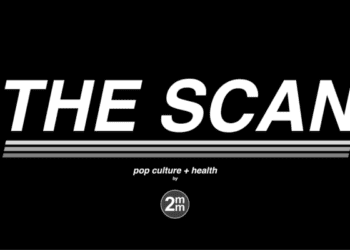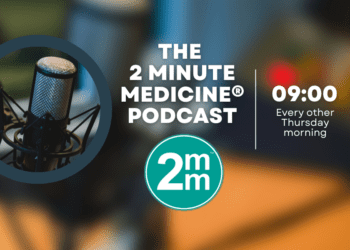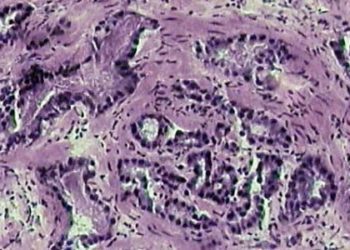Neoadjunctive radiotherapy, hospital factors key for rectal cancer resection
Image: PD
1. Older age, male sex, African American race and non-private insurance are risk factors for margin positivity following rectal cancer resection. Advanced AJCC (American Joint Committee on Cancer) stage, signet or mucinous histology and high grade were tumor characteristics associated with positive margins.
2. Hospitals with a higher observed to expected margin positivity ratio or “high outliers” had a lower rate of preoperative radiation, lower hospital volume, were more likely to be community rather than academic institutions. The opposite factors were in effect for “low outliers,” but both high-volume and academic hospitals were included in the “high outlier” group.
Evidence Rating Level: 2 (Good)
Study Rundown: Long-term rectal cancer outcomes including overall survival depend significantly on resection margin status. This study identified a number of patient-, tumor- and hospital-related characteristics that are associated with a higher risk of margin positivity after rectal cancer resection. Additionally it created a nomogram using the observed vs. expected margin outcome rate ratio that can be utilized by hospitals to assess their performance adjusting for its patient population. Although a vast number of patients and hospitals were analyzed, this study is limited by its use of the National Cancer Data Base. It is unclear what variables are present at the excluded hospitals and it is likely that this self-selected sample created bias. Additionally, surgeon and healthcare team characteristics were not evaluated and possible regional differences were not assessed.
Click to read the study in JAMA Surgery
Click to read the accompanying editorial in JAMA Surgery
Relevant Reading: Management of early rectal cancer
In-Depth [cohort study]: Data from eighty thousand rectal cancer patients who underwent surgery at over one thousand hospitals was analyzed using the National Cancer Data Base. The major outcome of interest was the rate of margin positivity after rectal cancer resection in each individual hospital when controlling for patient and tumor variables. Older African American men without private insurance and with recently diagnosed disease were found to have a higher risk of margin positivity. Higher AJCC stage, signet or mucinous and undifferentiated histology were tumor risk factors while tumor size was not related to margin positivity. Based on above patient and tumor characteristic distribution, an observed to expected margin positivity rate ratio was calculated for each hospital and compared to statistical probability that the observed rate was equal to the expected rate. The percentages of each hospital type with a low ratio (much less margin positivity than expected) were as follows: 9% were community cancer-specific programs, 47% were general community hospitals and 43.9% were academic institutions. High-ratio hospitals or those with much higher rates of margin positivity than predicted were broken down as follows: 29.9% were community cancer-specific programs, 52.3% were general community hospitals and 17.8% were academic institutions. Low observed to expected ratio was seen in more high-volume hospitals, but 17.8% of hospitals with a high ratio were high-volume as well. In regards to treatment, the order of surgery and radiation was important. Additionally, patients at a hospital with a lower (better) ratio were more likely to receive radiation prior to surgery.
By Asya Ofshteyn and Allen Ho
More from this author: Validated index scores severity of postsurgical morbidity,Laparoscopic splenectomy yields better outcomes than open, Cardiorespiratory fitness predicts post-surgical mortality in elderly, High rates of readmission and recurrence from elective incisional hernia repairs, No long-term follow-up for benign thyroid nodules, Patient satisfaction a poor surgical quality indicator, Liver transplant prolongs life in metastatic colorectal cancer
© 2013 2minutemedicine.com. All rights reserved. No works may be reproduced without written consent from 2minutemedicine.com. Disclaimer: We present factual information directly from peer reviewed medical journals. No post should be construed as medical advice and is not intended as such by the authors or by 2minutemedicine.com. PLEASE SEE A HEALTHCARE PROVIDER IN YOUR AREA IF YOU SEEK MEDICAL ADVICE OF ANY SORT. Content is produced in accordance with fair use copyrights solely and strictly for the purpose of teaching, news and criticism. No benefit, monetary or otherwise, is realized by any participants or the owner of this domain.







